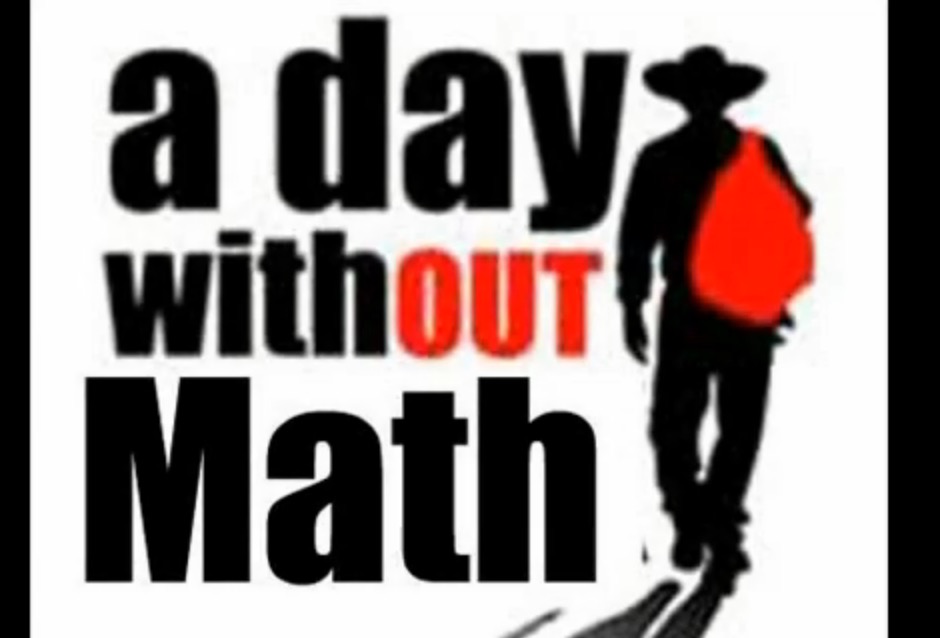Q1 Process
Introduction
In this Quest, you will explore the elements of a digital story and the story planning process as you begin to go through a five-step process to produce your own story.
I Can Statements
- understand that creating a digital story is a process with several steps
- analyze stories and identify different elements
Key Vocabulary
- Digital Story: A digital story is an enhanced story with digital media that includes text, images, video/sound, and delivers a key message.
- Dramatic Question: A dramatic question is a statement at the beginning of the story that creates a question in the mind of viewers.
- Economy: Economy is the use of fewer images and words to communicate meaning.
- Emotional Content: Emotional content is expressing human emotions to connect with viewers.
- Pacing: Pacing is the rhythm and speed of the story.
- Point of View: Point of view is the main point of the story and the perspective from which the story is told.
- Soundtrack: A sountrack is the sounds that support or add meaning to the story.
- Voice: Voice is the use of one's voice to tell the story in a personal way.
Vocabulary Game
Play the interactive Quizlet Game: Direct Link
Steps
- Watch 7 Elements in 4 Minutes YouTube to discover:
- the seven elements of a digital story
- how to tell more effective stories
- Reflect on the following questions about the information presented in the video, and discuss it with another classmate if available:
- What are the seven elements of a digital story?
- How can the elements be used to tell an effective story?
Personal Narrative
A personal narrative tells the true story of something that happened to the author. Because personal narratives tell a true story from an author's life, they are rich with emotional content. A good writer puts the reader in the midst of the action so they can live through the events of the story as they are unfolding.
Steps
- Below are two video examples of a short narrative to view and analyze
- Open the Storytelling Examples Analysis Chart and enter the title of the video you selected into the Personal Narrative column
- Preview the Guiding Questions for Analysis
- View the personal narrative you selected
- Turn and talk about the personal narrative with your small group
- Record your thoughts to the guiding questions in the appropriate column
Chasing After the Hummingbird WeVideo (2:11 mins)
Video in the Classroom WeVideo (3:30 mins.)
Content Area Stories
Content area stories are written to share or document something about a school subject area. It might be about something in science such as a hurricane or earthquake, the migration of the monarch butterfly, or about something in Mathematics, Social Studies, Physical Education, English or other classes.
Steps
- Choose a content area story below to view and analyze.
- View the content area story you selected.
- Enter the title of the video you selected into the Content Area Stories column in the Storytelling Examples Analysis Chart.
- Turn and talk about the content area story with your small group.
- Record your thoughts to the guiding questions in the appropriate column.
A Day Without Math Digital Story Telling Video (3:00)

What if? Digital Story Telling Video? When the comforts of freedom are taken away (6:27)
Historical Gettysburg Digital Story Telling Videog (2:32)
Human Interest
A human interest story is an emotional story about a person, people, or an animal. Some human interest stories motivate viewers to take action, while others are intended to generate interest or sympathy about a topic. Below are several examples of human interest stories.
Other examples:
Bullying Prevention YouTube (00:30)
Digital story creation is most effective when you follow a process. Some do this in seven steps, we have fine-tuned it into the following five steps.
You may have already thought about an idea for a story you want to tell. These Quests will take you through a process to develop and produce your own original digital story starting with Find Your Story in Quest 2.

Completing this Quest
When you have finished the Storytelling Examples Analysis Chart and accomplished the I Can statements at the top, you are ready to move on to the next Quest.
Check off this Quest on the 21t4s roadmap
I am ready for Quest 2 Find Your Story
Competencies & Standards
MITECS Michigan Integrated Technology Competencies for Students, and
3. Knowledge Constructor
c. Curate information from digital resources using a variety of tools and methods to create collections of artifacts or solving authentic problems
4. Innovative Designer
a. Know and use a deliberate design process for generating ideas, testing theories, creating innovative artifacts or solving authentic problems
6. Creative Communicator
a. Choose the appropriate platforms and tools for meeting the desired objectives of their creation or communication
b. Create original works or responsibly repurpose or remix digital resources into new creations
d. Publish or present content that customizes the message and medium for their intended audiences
Websites and Documents
- 7 Elements in 4 Minutes YouTube
- A Day Without Math Digital Story Telling Video
- Bullying Prevention YouTube
- Chasing After the Hummingbird WeVideo
- Gettysburg Video Digital Story Telling WeVideo
- Homework Video
- Is Storytelling Just Another Buzzword YouTube
- Scene Behind Turtle Quest Digital Story Telling Video
- Video in the Classroom We Video
- What If? Digital Story Telling Video




